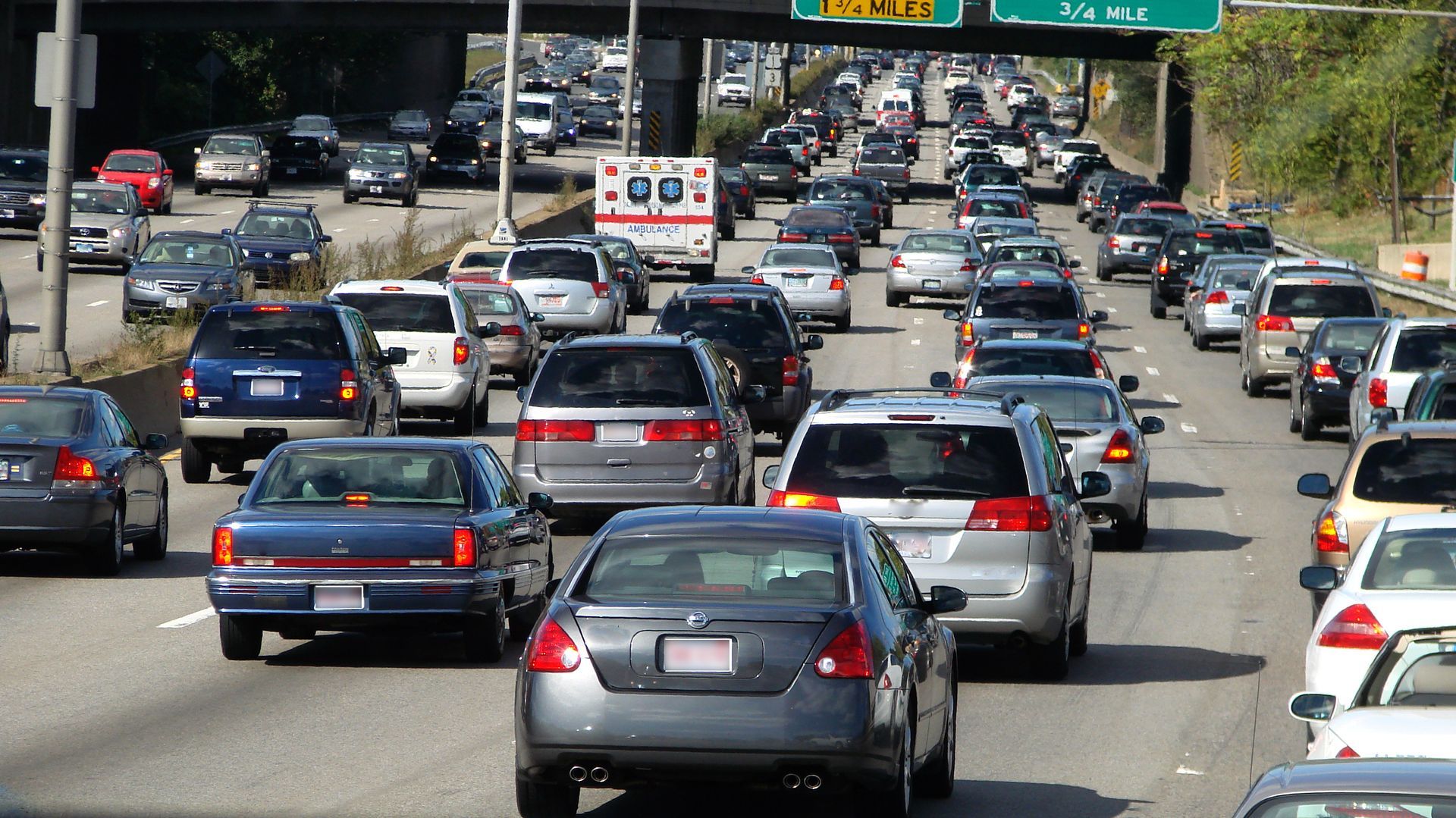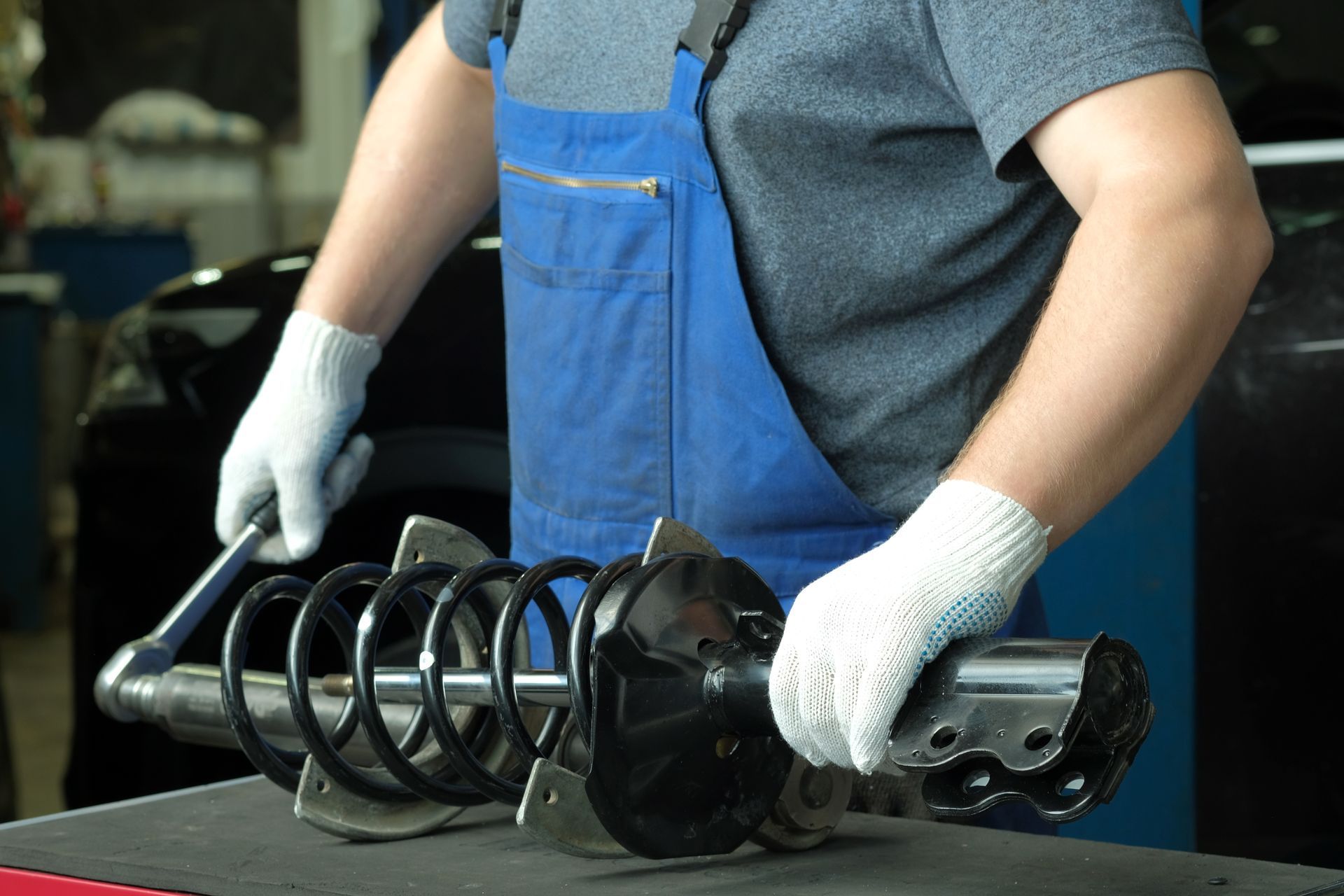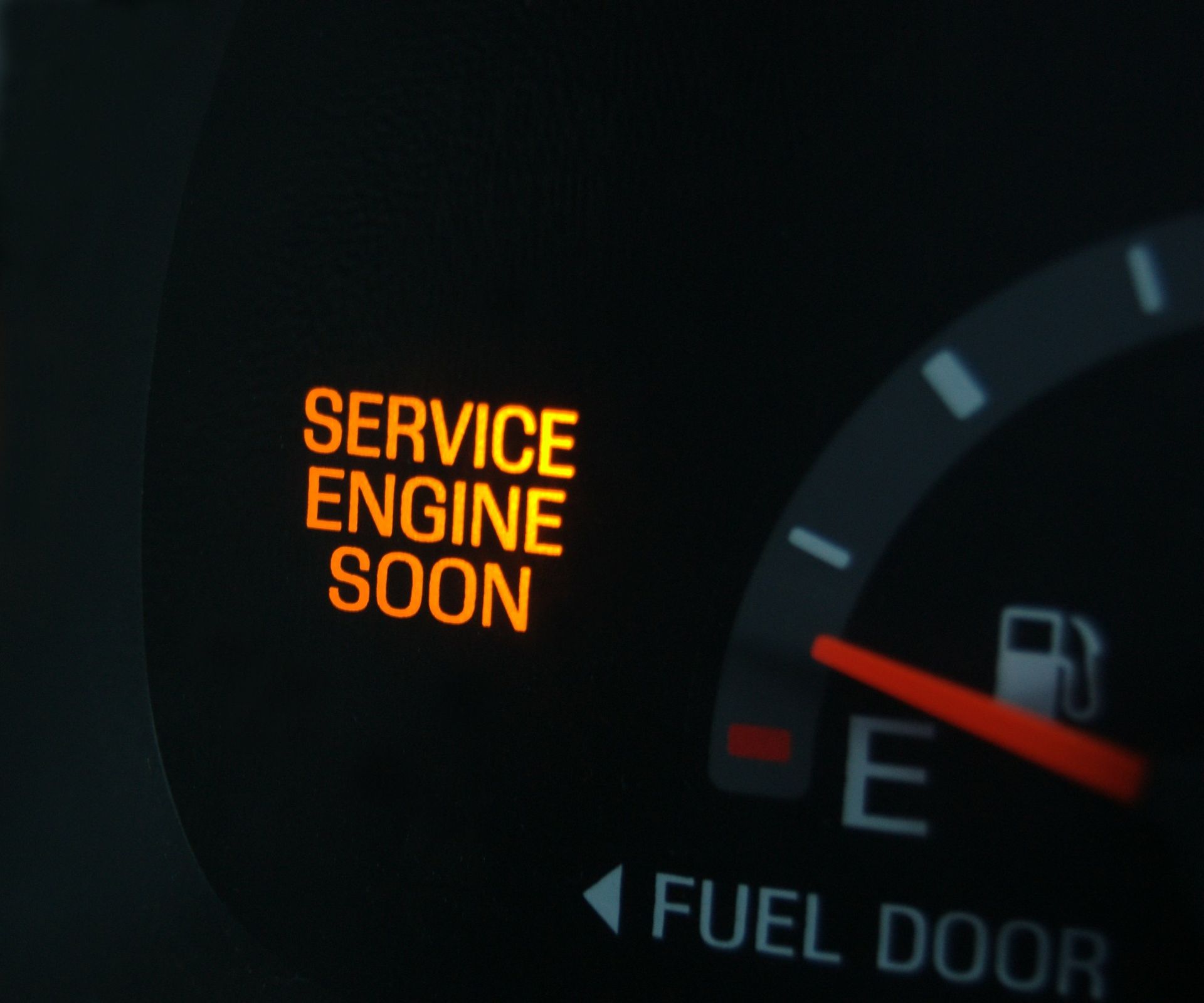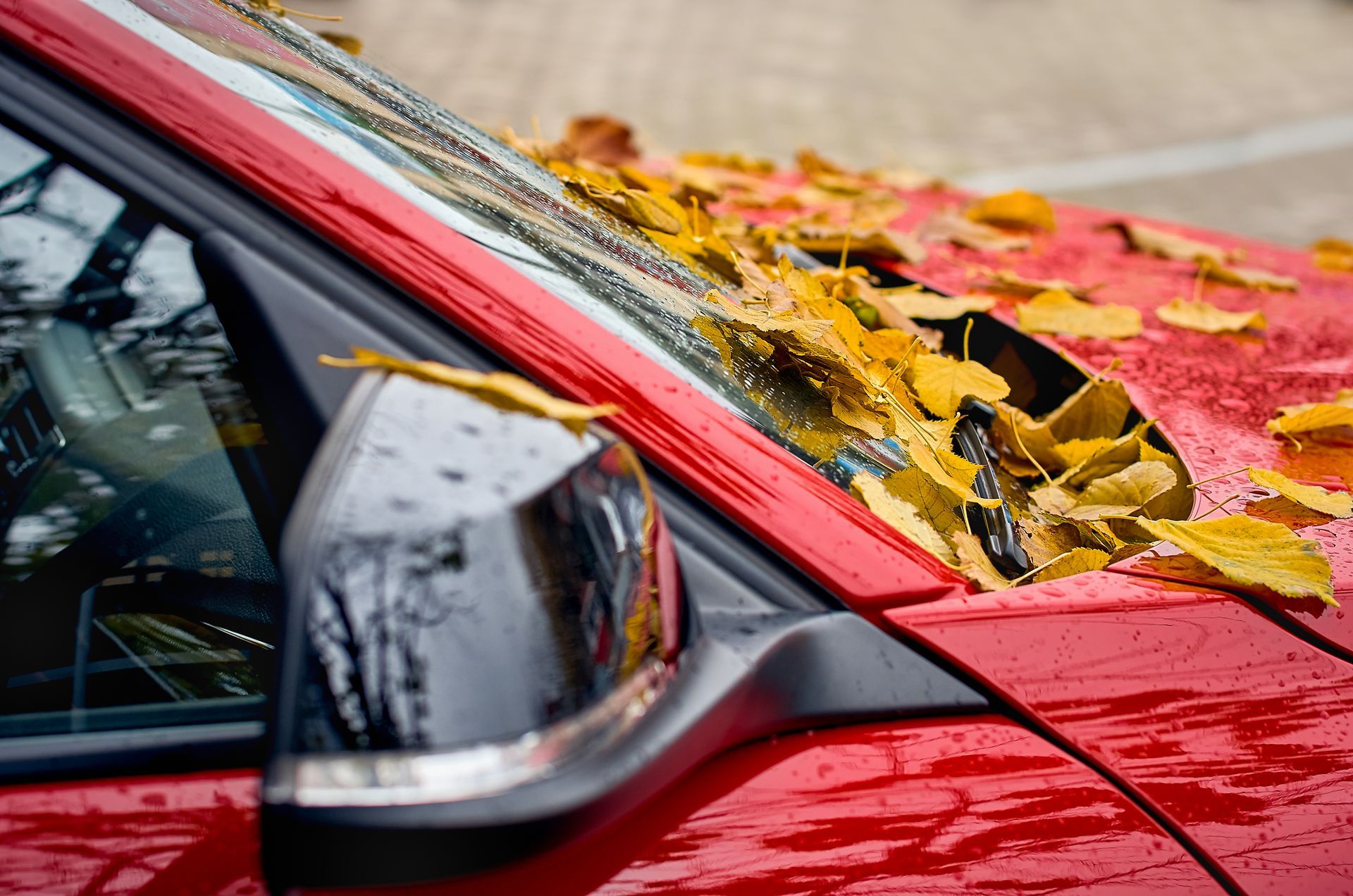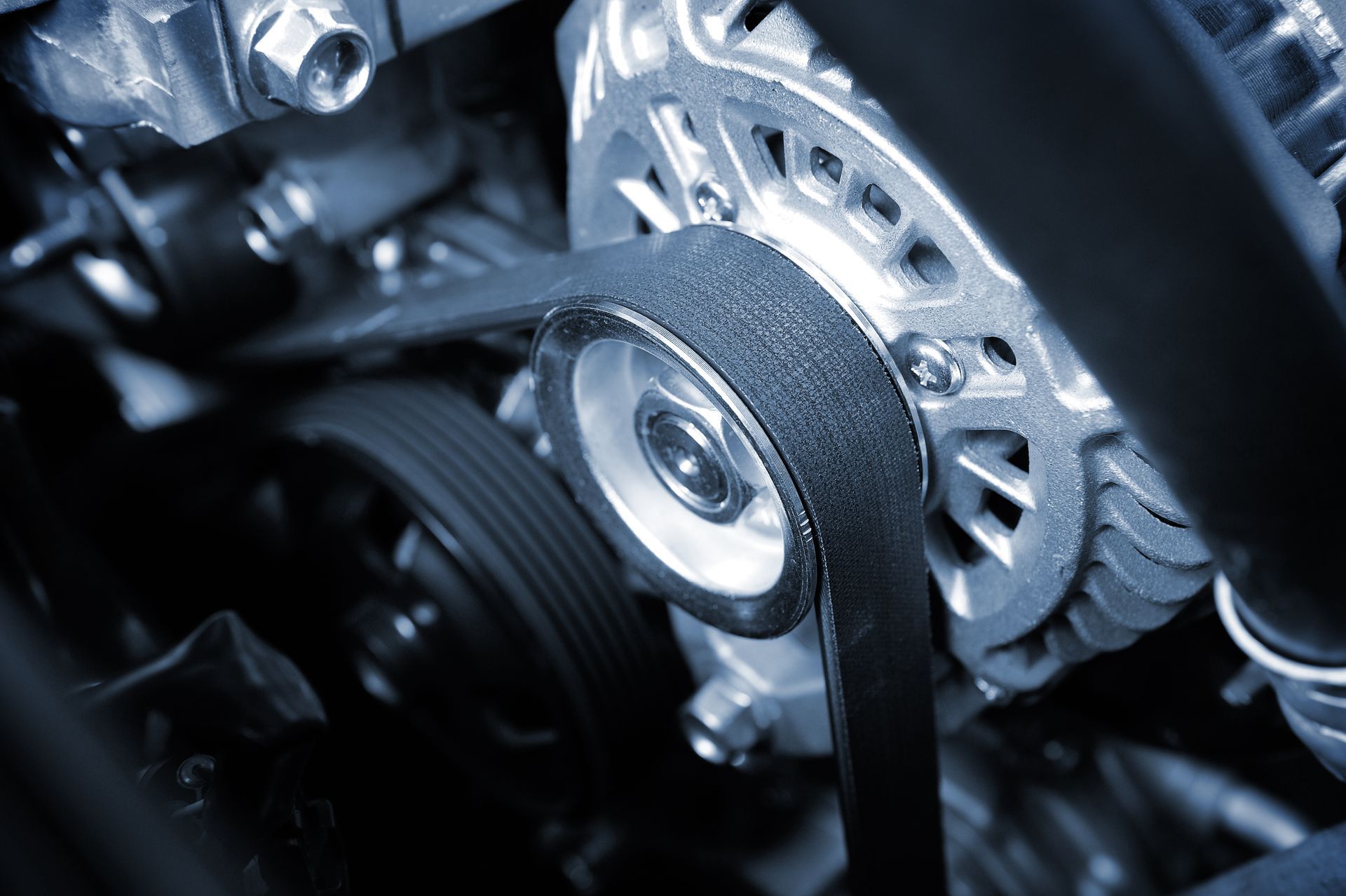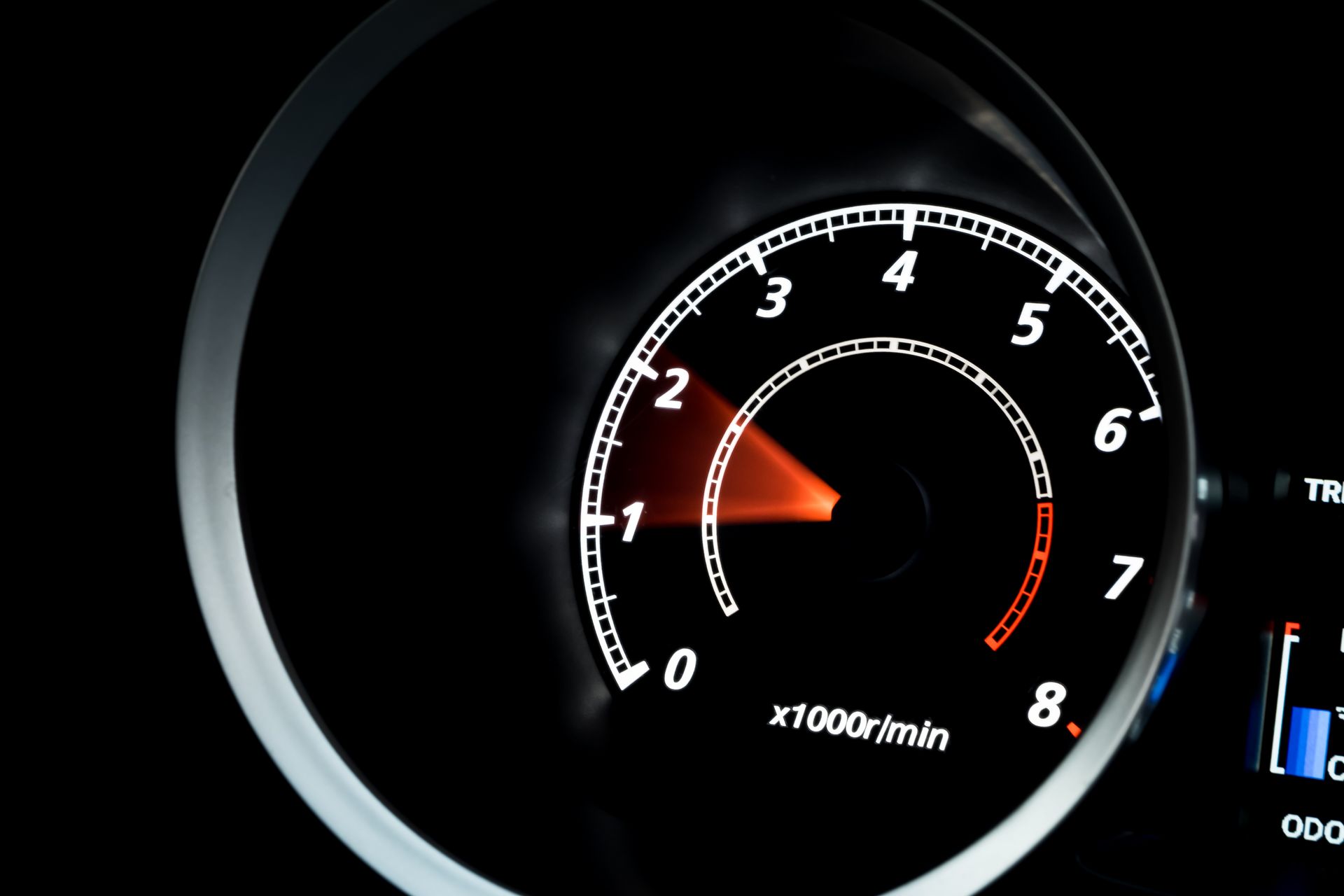Engines are like the heart of our vehicles, tirelessly working to keep everything running smoothly. But just like any hardworking component, certain parts can wear out over time, leading to potential issues. One crucial component of an engine that often comes into question is the crankshaft. So, does the engine's crankshaft wear out?
What Is the Crankshaft
The crankshaft is a fundamental part of your vehicle's engine, converting the linear motion of the pistons into rotational motion that powers your wheels. It's like the maestro in an orchestra, ensuring all the parts work in harmony to propel your car forward. Without a functioning crankshaft, your car simply wouldn't run.
Signs of a Worn-Out Crankshaft
Recognizing the signs of a worn-out crankshaft early can prevent more severe engine damage. Here are some key indicators:
Knocking Noises
One of the most common signs is a knocking noise from the engine, especially when accelerating. Worn-out crankshaft bearings typically cause this noise.
Vibration Issues
A failing crankshaft can cause significant engine vibrations. It could indicate crankshaft wear if you notice unusual vibrations, particularly at certain RPMs.
Oil Pressure Drops
A worn crankshaft often leads to a drop in oil pressure. This happens because the clearances between the crankshaft and bearings increase, causing oil to escape more easily.
Engine Misfires
If the crankshaft sensor is damaged or malfunctioning, it can lead to engine misfires, as the engine's timing is thrown off.
Causes of Crankshaft Wear
Crankshaft wear can be caused by various factors. One of the main culprits is poor lubrication. The crankshaft relies on a consistent supply of oil to function correctly. Without adequate lubrication, friction increases, leading to wear and tear. Another cause is contamination. Dirt and debris can enter the engine and damage the crankshaft surfaces. Over time, even normal engine operation can lead to wear, especially if the engine experiences high levels of stress or poor maintenance.
Preventing Crankshaft Wear
Prevention is always better than cure, and the same applies to maintaining your crankshaft. Here are some tips to extend its life:
Regular Oil Changes
It is essential to keep the engine oil clean and at the proper level. To ensure optimal lubrication, follow the manufacturer's recommendations for oil change intervals.
Use High-Quality Oil
Always use high-quality engine oil that meets or exceeds the specifications set by your vehicle's manufacturer. This helps in maintaining the right viscosity and protecting the crankshaft.
Monitor Engine Temperature
Keep an eye on the engine temperature gauge and ensure the cooling system is functioning correctly. Regularly check for coolant levels and any signs of leaks.
Scheduled Maintenance
Regularly scheduled maintenance can catch potential issues before they become serious problems. Have your mechanic check the crankshaft and related components during these inspections.
Repairing or Replacing a Worn-Out Crankshaft
If you suspect your crankshaft is worn out, what's the next step? Repairing or replacing a crankshaft can be a complex process. In some cases, minor wear can be fixed by grinding the crankshaft to restore a smooth surface.
If the damage is severe, a replacement might be necessary. This involves removing the engine, disassembling it, and installing a new crankshaft. It's a job best left to professionals, as precision is critical to ensure the engine operates correctly after the repair.
Additional Considerations for Crankshaft Health
Choosing the Right Lubricants
Using the correct oil grade and type for your vehicle is crucial. Different engines require different lubricants, and using the wrong type can accelerate wear.
Monitoring Engine Performance
Regularly checking engine diagnostics and performance can help catch issues early. Tools like OBD-II scanners can provide valuable insights into your engine's health.
Is your car making strange noises? Don't ignore it! Visit
General Automotive Servicenter for expert diagnostics and repairs. We'll help keep your engine in top condition.

